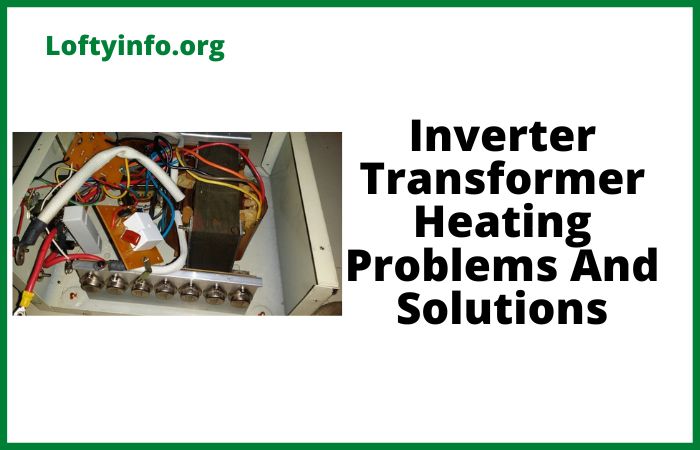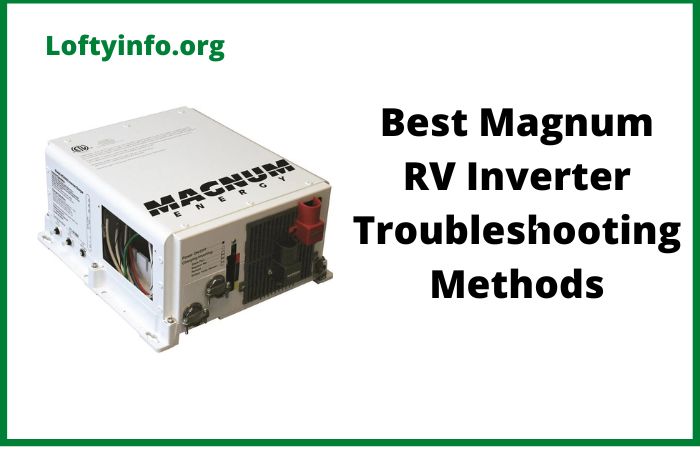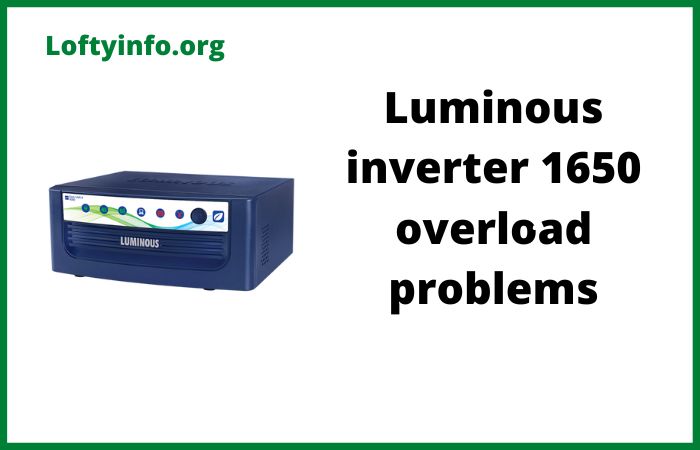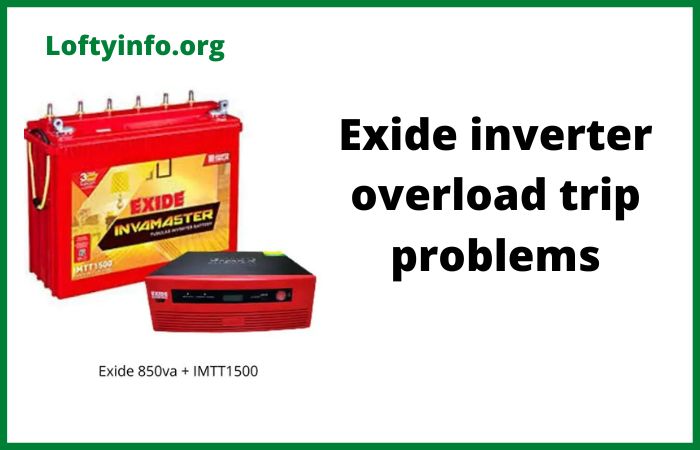How to Charge Inverter Battery at Home
Power outages can disrupt your daily routine and damage sensitive electronics.
Your home inverter system provides backup power during these interruptions but its reliability depends entirely on how well you maintain and charge the battery.
Many homeowners struggle with premature battery failure and reduced backup time simply because they don’t understand proper charging techniques.
Learning the correct methods to charge your inverter battery at home will save you money on replacements and ensure uninterrupted power supply when you need it most.
How to Charge Inverter Battery at Home
Method 1: Charging Through Mains Power Supply
The most common and straightforward way to charge your inverter battery is through your regular household electricity supply.
Your inverter comes with a built-in charging circuit that automatically converts AC mains power to DC power suitable for battery charging.
Connect your inverter to a wall socket using the power cable provided by the manufacturer. The inverter will detect the mains supply and switch to charging mode automatically.
Most modern inverters have LED indicators that show charging status.
A red or orange light typically indicates charging is in progress while a green light shows the battery is fully charged.
Ensure the wall socket you use can handle the inverter’s power requirements.
Check your inverter manual for the recommended socket rating.
The charging time depends on your battery capacity and the charger’s amperage.
A 150Ah battery typically takes 10 to 15 hours to charge fully from a completely discharged state using a standard 10 amp charger.
Never disconnect the inverter from mains power during a charging cycle unless absolutely necessary.
Frequent interruptions can reduce battery life and charging efficiency.
Keep the inverter plugged in even when the battery is fully charged because the built-in float charging mechanism maintains optimal charge levels without overcharging.
Method 2: Using Solar Panels for Eco-Friendly Charging
Solar charging has become increasingly popular as homeowners seek sustainable energy solutions.
You can charge your inverter battery using solar panels connected through a solar charge controller.
Install solar panels on your rooftop or in an area that receives maximum sunlight throughout the day.
The panels convert sunlight into DC electricity that can directly charge your battery.
A solar charge controller sits between the panels and battery to regulate voltage and prevent overcharging.
Choose a solar charge controller compatible with your battery type and voltage.
MPPT controllers are more efficient than PWM controllers but cost more.
Calculate your solar panel requirements based on battery capacity and daily power consumption.
A 150Ah battery needs approximately 300 to 500 watts of solar panels for adequate charging in areas with good sunlight.
Position your solar panels facing south in the northern hemisphere or north in the southern hemisphere for optimal sun exposure.
Clean the panels regularly to maintain charging efficiency.
Solar charging works best when combined with mains charging as a backup during cloudy days or extended periods without adequate sunlight.
Method 3: Charging with a Portable Generator
When both mains power and solar energy are unavailable, a portable generator provides an excellent alternative for charging your inverter battery.
This method is particularly useful during extended power outages or in remote locations without grid connectivity.
Select a generator with stable voltage output and sufficient wattage to power your inverter’s charging circuit.
Connect the generator to your inverter using appropriate cables and ensure all connections are secure.
Start the generator and allow it to stabilize before switching on the inverter charging mode.
Run the generator in a well-ventilated outdoor area to prevent carbon monoxide buildup.
Never operate a generator inside your home or garage.
The charging time will vary based on the generator’s capacity and your battery’s discharge level.
Monitor the charging process and shut down the generator once the battery reaches full charge to save fuel.
Generator charging is more expensive than mains or solar charging due to fuel costs.
Use this method only when other options are unavailable.
Regular generator charging can work well for off-grid homes but requires proper maintenance of both the generator and inverter system.
Method 4: Fast Charging with External Battery Chargers
External battery chargers offer faster charging speeds and more control over the charging process compared to built-in inverter chargers.
These standalone devices connect directly to your battery and can significantly reduce charging time.
Disconnect your battery from the inverter before connecting an external charger.
This step is crucial because charging while connected can damage the inverter’s internal circuitry.
Identify the positive and negative terminals on your battery and connect the charger clamps accordingly. Red connects to positive and black to negative.
Set the charger to the appropriate charging mode for your battery type.
Lead-acid batteries require different settings than tubular or gel batteries.
Modern smart chargers automatically detect battery type and adjust charging parameters.
Select a charging current that matches your battery’s specifications.
A general rule is to charge at 10% of the battery’s amp-hour rating. A 150Ah battery should ideally charge at 15 amps.
Monitor the charging process and disconnect the charger once the battery is fully charged.
External chargers typically have built-in safety features that prevent overcharging but it’s still wise to check periodically.
Reconnect the battery to your inverter after charging is complete and ensure all connections are tight and secure.
Method 5: Equalizing Charge for Battery Maintenance
Equalizing charge is a specialized charging method that helps maintain battery health and extends lifespan.
This technique applies a controlled overcharge to balance the charge across all battery cells and remove sulfation buildup.
Perform equalizing charges every three to six months for lead-acid and tubular batteries.
Check if your inverter has a built-in equalization mode. If not, use an external charger with equalization capabilities.
The process involves charging the battery at a slightly higher voltage than normal for an extended period.
Before starting equalization, ensure the battery is at room temperature and the electrolyte levels are correct for flooded batteries.
Monitor the battery closely during equalization as it will produce more heat and gas than during normal charging. Adequate ventilation is essential to disperse hydrogen gas safely.
The equalization process typically takes two to four hours depending on battery condition.
Stop the process if the battery temperature exceeds manufacturer specifications or if excessive gassing occurs.
After equalization, allow the battery to cool down before returning it to normal operation.
This maintenance procedure can recover lost capacity and improve overall battery performance.
Essential Safety Tips for Battery Charging
Always charge batteries in well-ventilated spaces because they emit hydrogen gas during charging. Keep the charging area away from open flames and sparks.
Wear protective gloves and eyewear when handling batteries and charging equipment.
Check battery water levels regularly for flooded lead-acid batteries and top up with distilled water when needed.
Never add water to a discharged battery before charging because electrolyte expansion during charging can cause overflow.
Inspect battery terminals and cables for corrosion or loose connections before each charging session.
Clean terminals with a wire brush and baking soda solution if corrosion is present. Ensure proper polarity when making connections to prevent short circuits and equipment damage.
Understanding how to properly charge your inverter battery at home empowers you to maintain reliable backup power while extending battery life.
Choose the charging method that best suits your circumstances and always follow manufacturer guidelines for your specific battery and inverter models.
Regular maintenance combined with correct charging practices will provide years of dependable service from your home power backup system.






